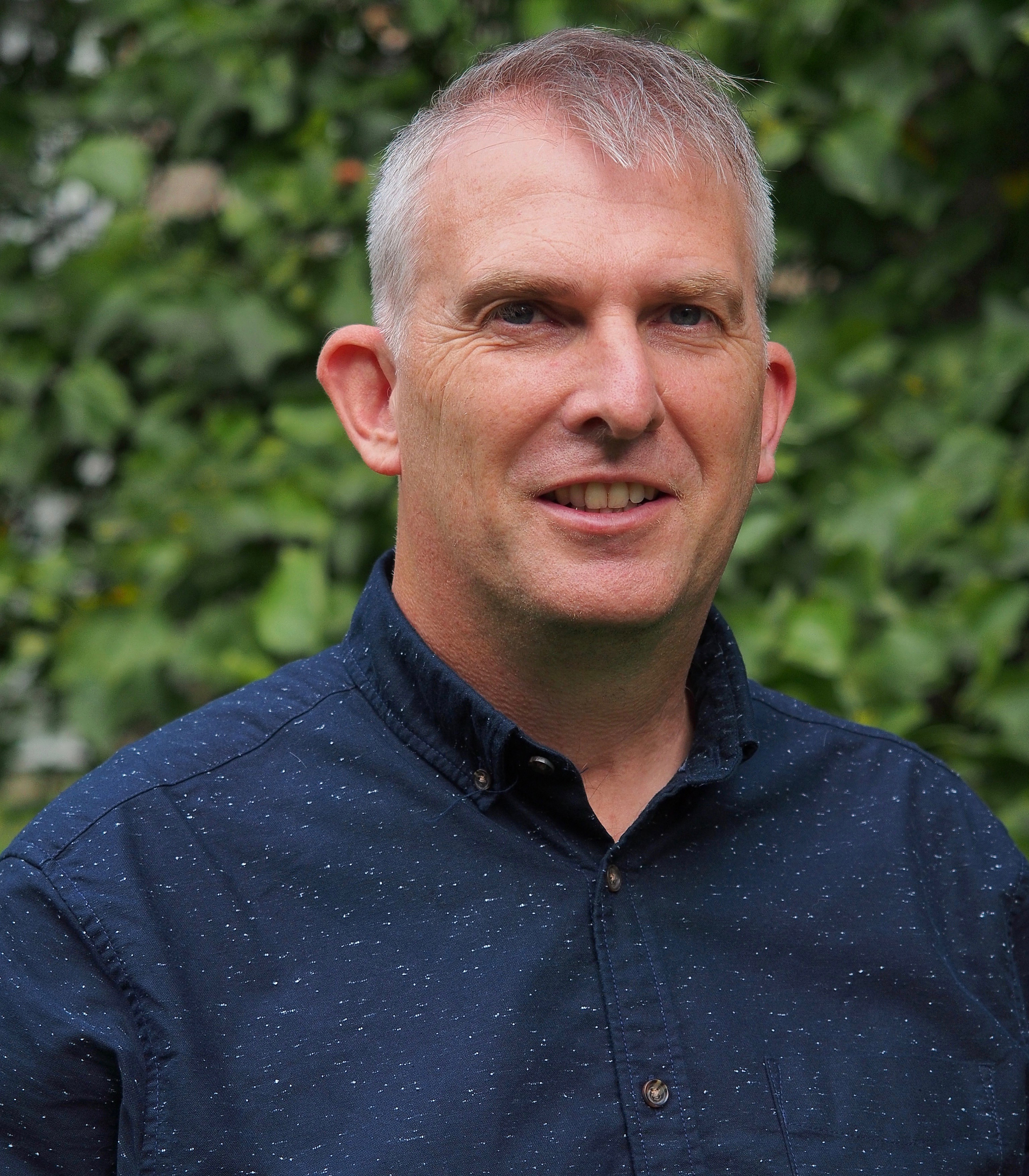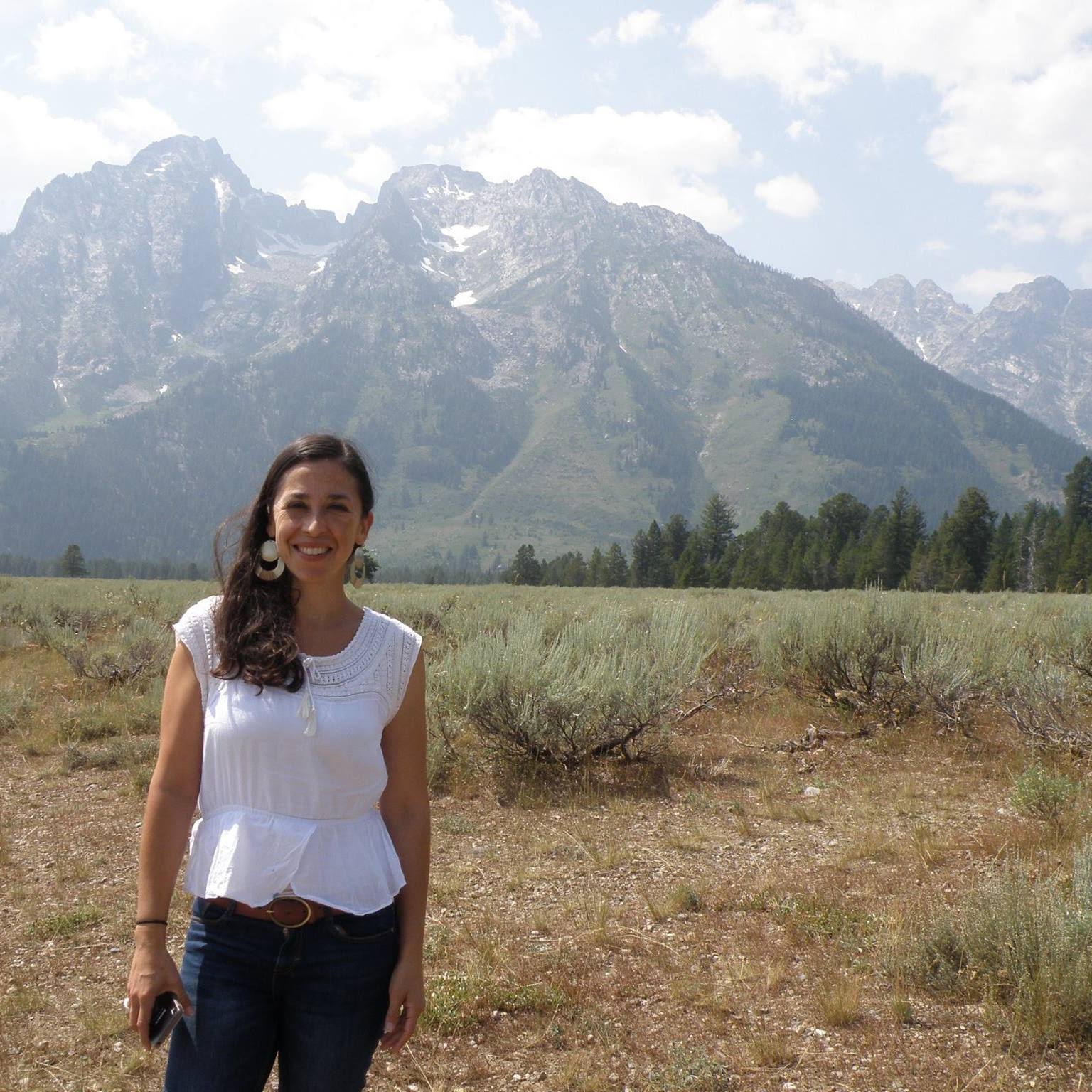Invited Speakers
For the 5th American International Morphology Meeting
Relating morphological typology and morphological theory
It’s an exciting time to be doing research in morphology. There are many new means for visualising and understanding morphological systems, and morphological theory has allowed us to develop new approaches to typology, in particular by allowing ways of analyzing and measuring the relative contributions of lexical stipulation on the one hand and inference (rules) on the other. Here we consider the metrics and measures currently being used and relate them to those theoretical notions of lexical specification and inference, considering data from a number of languages.Biography:
Dunstan Brown is an Anniversary Professor at the University of York. His research interests include morphology and typology, with a particular interest in modelling morphological systems. Together with Matthew Baerman and Greville Corbett he is author of the books The Syntax-Morphology Interface: A Study of Syncretism (CUP 2005) and Morphological Complexity (CUP 2017), and with Andrew Hippisley Network Morphology (CUP 2012). He is currently PI for a joint Economic & Social Research Council and Arts & Humanities Research Council (UK) project on children's acquisition of gender and noun class morphology in Eegimaa, a Joola language of southern Senegal (with Serge Sagna and Virve Vihman), and also CI on the Arts & Humanities Research Council Feast and Famine project (led by Neil Bermel), modelling the relationship between defectiveness and overabundance.


Title: Templatic effects in Choguita Rarámuri outwardly conditioned allomorphy
Theories of the phonology-morphology interface must answer two questions about allomorphy: what factors govern the form of morphemes? And under what conditions can the phonological context influence the shape of a morpheme? Under a globalist perspective, allomorphy is governed by output phonological well-formedness constraints (Kager 1996, Mascaró 1996); in localist approaches, allomorphy may only be conditioned by phonological information of elements further embedded/closer to the root of the word (Paster 2006, Bye 2006, Embick 2010). In this talk, I provide a case study from Choguita Rarámuri (CR; Uto-Aztecan). Allomorphy in CR is cross-linguistically unusual, in that the prosodic shape of functional morphemes is determined by the presence/absence of outer suffixes. An additional goal of this talk is therefore to elucidate the nature of CR allomorphy, informed by how exactly it interacts with word-prosody. I provide evidence that allomorphy results from a process of truncation in some morphological constructions to satisfy prosodic templates. Within the larger context of CR’s morphology and phonology, I analyze these constructions as associated with a bimoraic foot template equivalent to the minimal prosodic word, a unit independently motivated in the language. CR contributes a compelling case to growing evidence that phonology may constrain allomorph selection, but that phonological optimization is not global but mediated by phonological constraints that make reference to morphological domains (Yu 2016, a.o.).Biography:
Gabriela Caballero is an Associate Professor of Linguistics at UC San Diego. Her research focuses on the description and documentation of Indigenous Languages of the Americas, and the nature of intralinguistic and crosslinguistic variation in morphology and phonology. She is especially interested in the topics of affix order, multiple exponence, complex morphology in agglutinating languages, grammatical tone and prosodic typology. Much of her research has focused on Uto-Aztecan languages, in particular Choguita Rarámuri (Northern Mexico). More recently, she is investigating the tonal and morphosyntactic properties of San Juan Piñas Mixtec (Oto-Manguean) in collaboration with Claudia Juárez Chávez, Michelle Yuan and students. She is especially interested in collaborative language documentation projects whose products serve both academic linguists and indigenous communities.
On the (non-)transparency of infixes that surface at a morpheme juncture
Infixation is characterized by the intrusion of one morphological element inside of another. Canonical examples of infixation involve an intramorphemic position for the infix, in particular, with the infix appearing inside of a root, e.g., k<ni>akri ‘act of crying’, from root kakri ‘cry’ with the nominalizing infix -ni- (Leti; Blevins 1999). Since infixes are positioned relative to a phonological “pivot” (e.g., Yu 2007), and since infixes should in principle be able to combine with complex (multimorphemic) stems, it stands to reason that an infix could sometimes, incidentally, appear inside of an affix or even at a morpheme juncture, intermorphemically; and indeed, both possibilities are attested. In this talk, I ask: When an infix (incidentally) appears between two morphemes in its stem, does the infix disrupt relations at/across that morpheme juncture that we otherwise expect to be strictly local? I investigate the (non-)transparency of 9 infixes (from 8 languages; 7 language families) that can appear at a morpheme juncture. I find that these infixes disrupt limited types of phonological interactions, but never interrupt semantic, syntactic, or morphological interactions/relationships. These findings, in concert with other recent typological findings about infixes (Kalin 2020), provide strong novel support for a model of morphology where realization (including exponent choice and infixation) is serial and proceeds from the bottom up.Biography:
Laura Kalin is an Assistant Professor of Linguistics at Princeton University. Her theoretical interests lie mainly in morphology and syntax, especially allomorphy, infixation, agreement, and nominal licensing. She investigates these topics both through typological research and through case studies on a variety of languages, including Turoyo and Senaya (Neo-Aramaic), Nancowry (Austroasiatic), and Kurmanji (Indo-Iranian). Most recently, she has been exploring the intersection of allomorphy and infixation crosslinguistically—allomorphy of and around infixes—as a testing ground for different morphological theories. She holds a PhD in linguistics from the University of California, Los Angeles.
